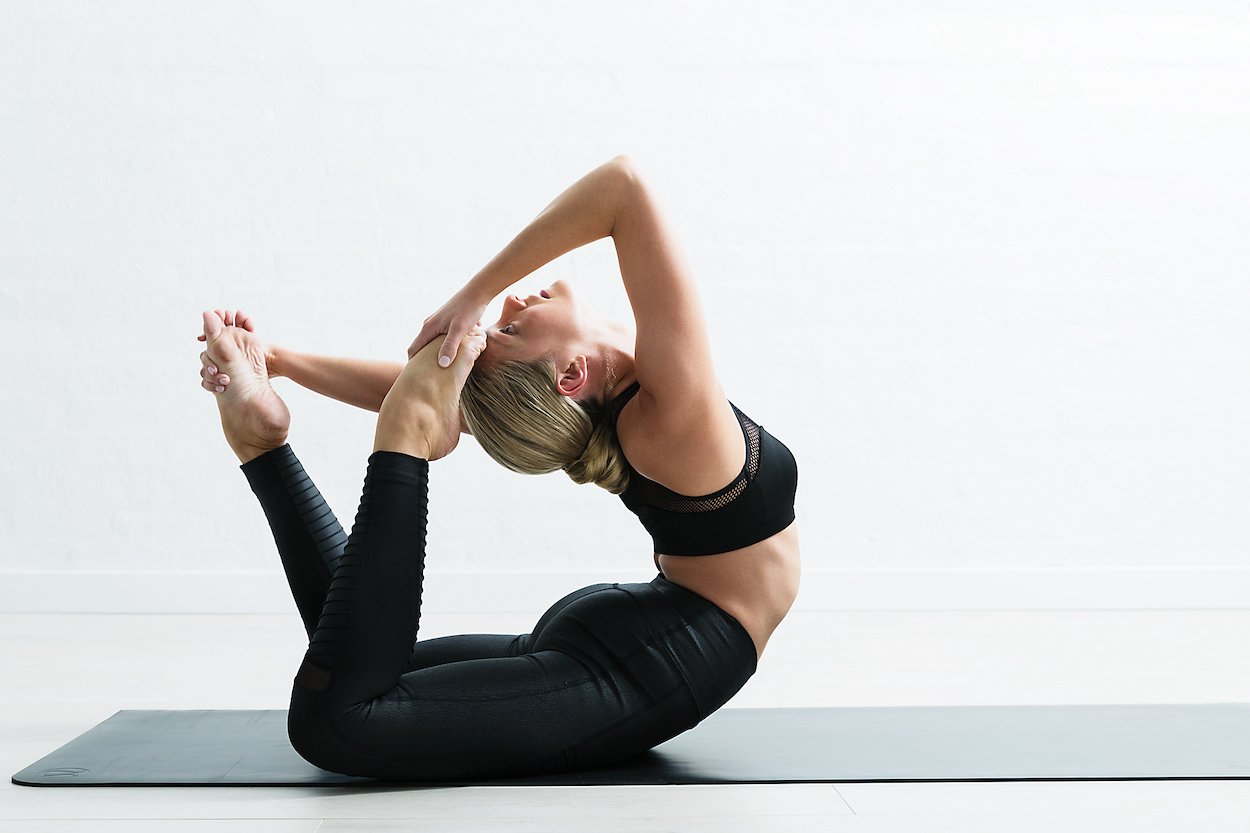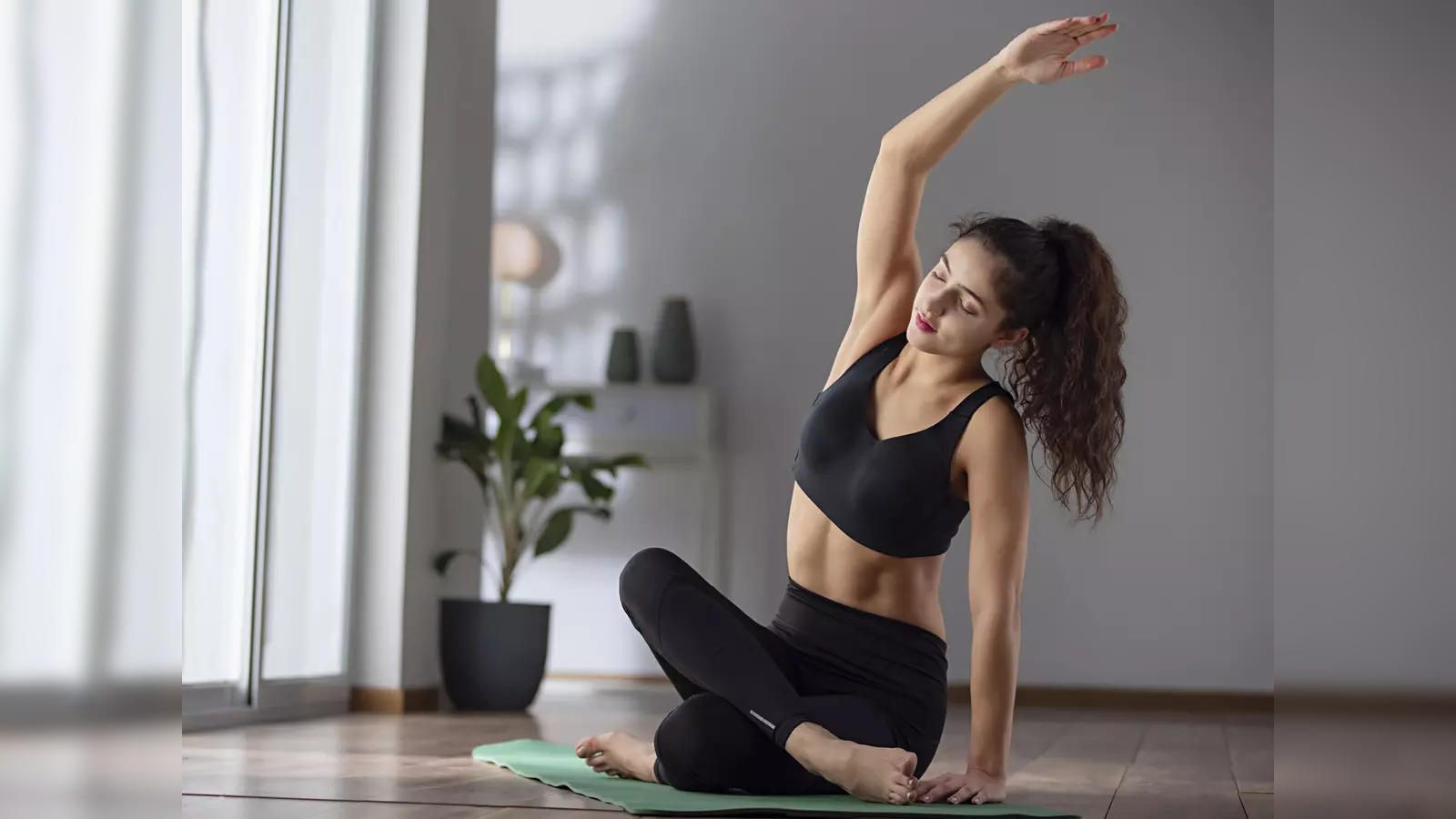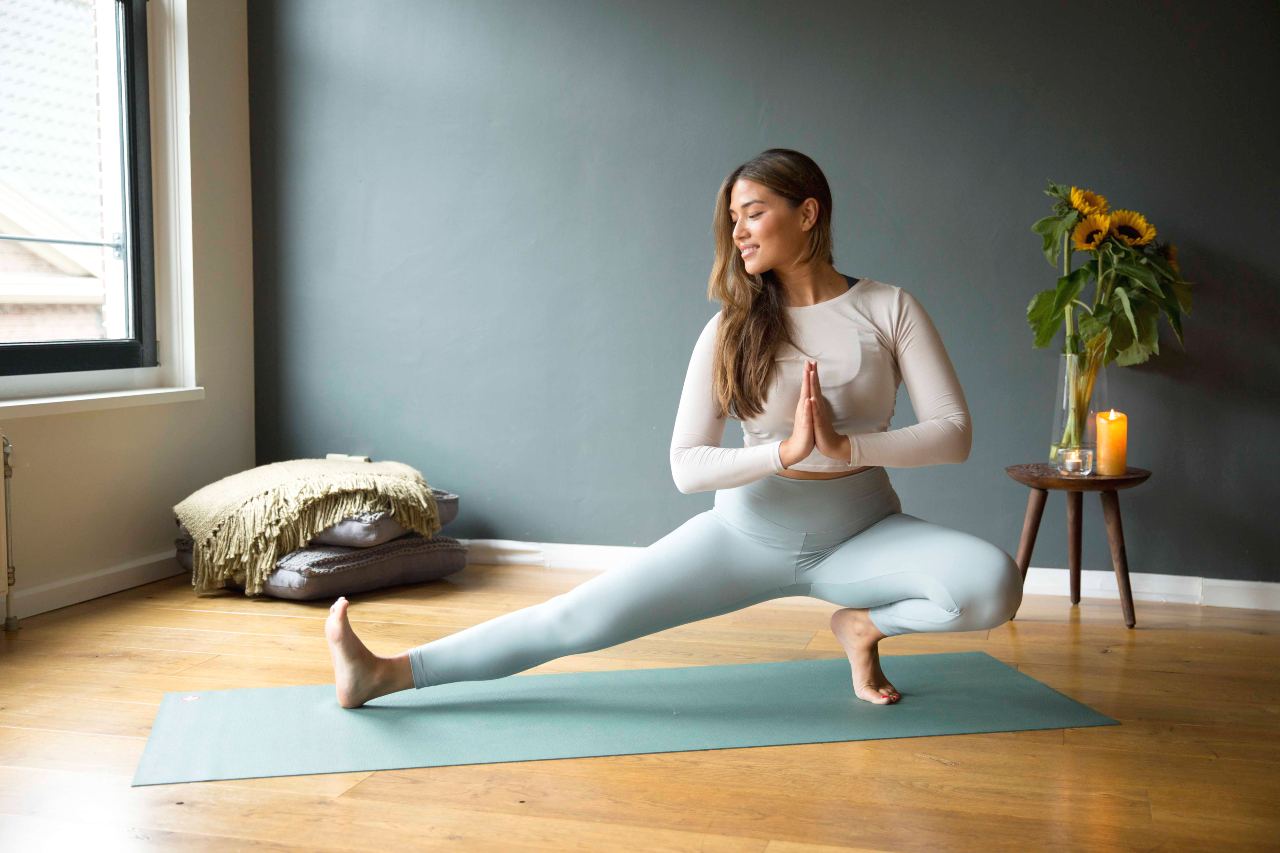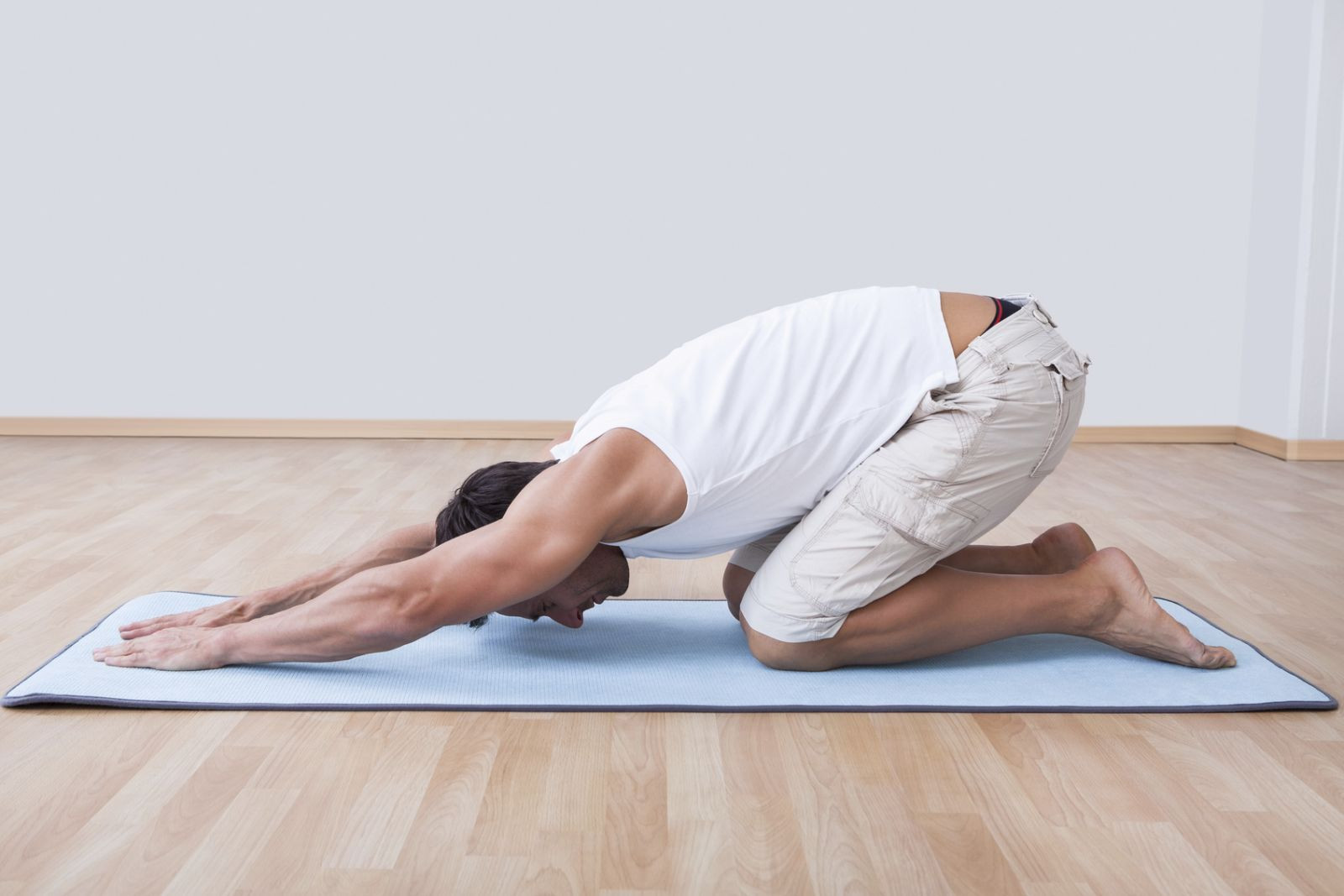Yoga, an ancient practice rooted in physical, mental, and spiritual well-being, has gained widespread popularity as a powerful tool for fitness and wellness. While the countless benefits of yoga, from improved flexibility to enhanced mindfulness, are well-documented, the question of how many calories yoga can actually burn often takes center stage for those seeking to optimize their fitness regimen and weight management efforts.
In this comprehensive guide, we will delve into the calorie-burning capabilities of yoga, exploring the various factors that influence the number of calories consumed during a yoga session. From the different styles of yoga and their respective metabolic demands to the individual-specific variables that shape the caloric expenditure, this article will equip you with the knowledge to harness the full potential of yoga as a calorie-burning exercise.
Whether you’re a seasoned yogi or new to the practice, understanding the calorie-burning dynamics of yoga can be a game-changer in your pursuit of a healthier, more balanced lifestyle. Prepare to uncover the secrets of yoga’s calorie-burning prowess and unlock the transformative power of this ancient discipline as a tool for achieving your fitness and weight management goals.
The Calorie-Burning Potential of Yoga
Yoga, often perceived as a gentle and mindful practice, can actually be a surprisingly effective way to burn calories and contribute to weight management efforts.
The Influence of Yoga Style
The calorie-burning potential of yoga can vary significantly depending on the specific style and intensity of the practice, with more dynamic and vigorous forms of yoga generally burning more calories than their slower, more restorative counterparts.
The Role of Intensity and Duration
The duration and intensity of a yoga session play a crucial role in determining the number of calories burned, with longer and more challenging practices typically resulting in a higher caloric expenditure.
Individual Factors and Metabolism
Individual factors, such as body weight, muscle mass, and metabolism, can also influence the number of calories burned during a yoga session, making the calorie-burning experience unique to each practitioner.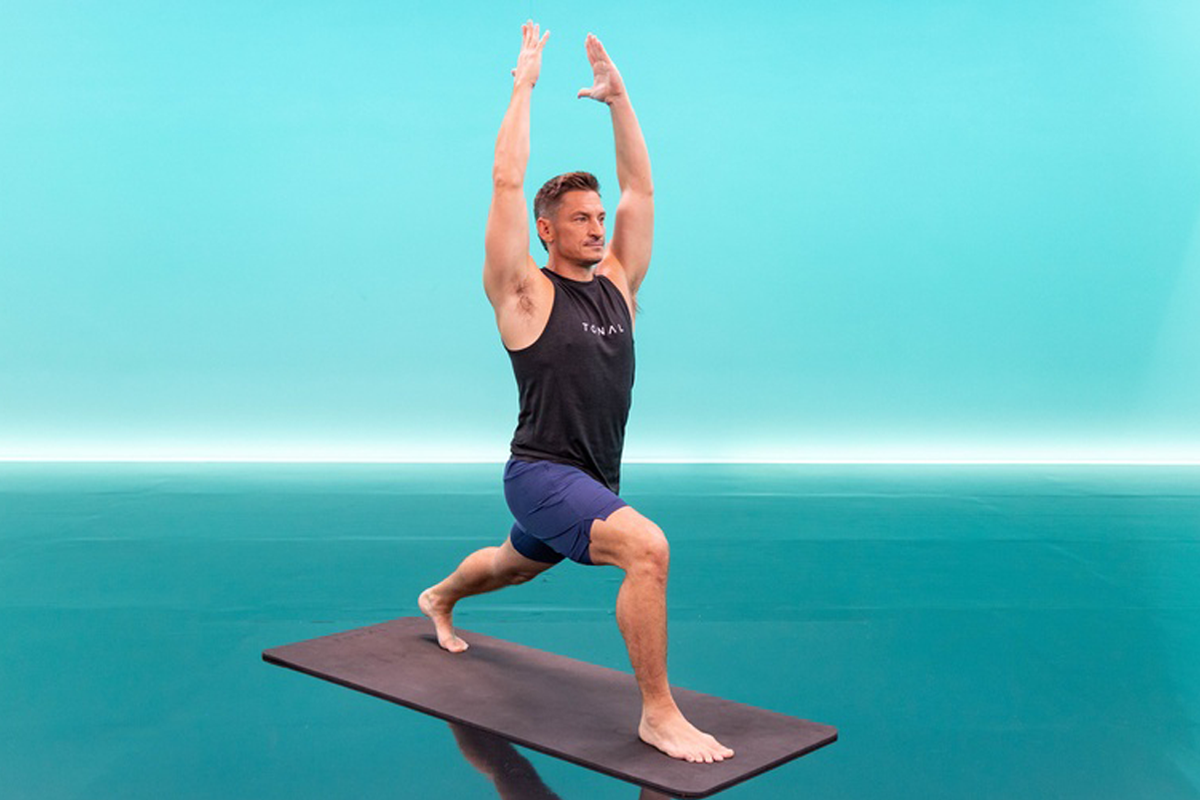
Comparing Calorie Burn Across Yoga Styles
To fully understand the calorie-burning potential of yoga, it is essential to explore the varying metabolic demands of different yoga styles and their impact on caloric expenditure.
Vinyasa and Power Yoga
These dynamic, flow-based styles of yoga, characterized by rapid transitions between poses and increased physical exertion, can burn a significant number of calories, often rivaling the caloric expenditure of moderate-intensity cardiovascular exercises.
Hatha and Restorative Yoga
While these gentler styles of yoga may not burn as many calories as their more vigorous counterparts, they still offer valuable benefits in terms of stress reduction, flexibility, and overall well-being, which can contribute to a healthier lifestyle and weight management.
Hot Yoga and Bikram Yoga
The heated environments of these yoga styles can lead to increased calorie burn due to the body’s efforts to regulate its core temperature, making them a potential option for those seeking a more intense calorie-burning yoga practice.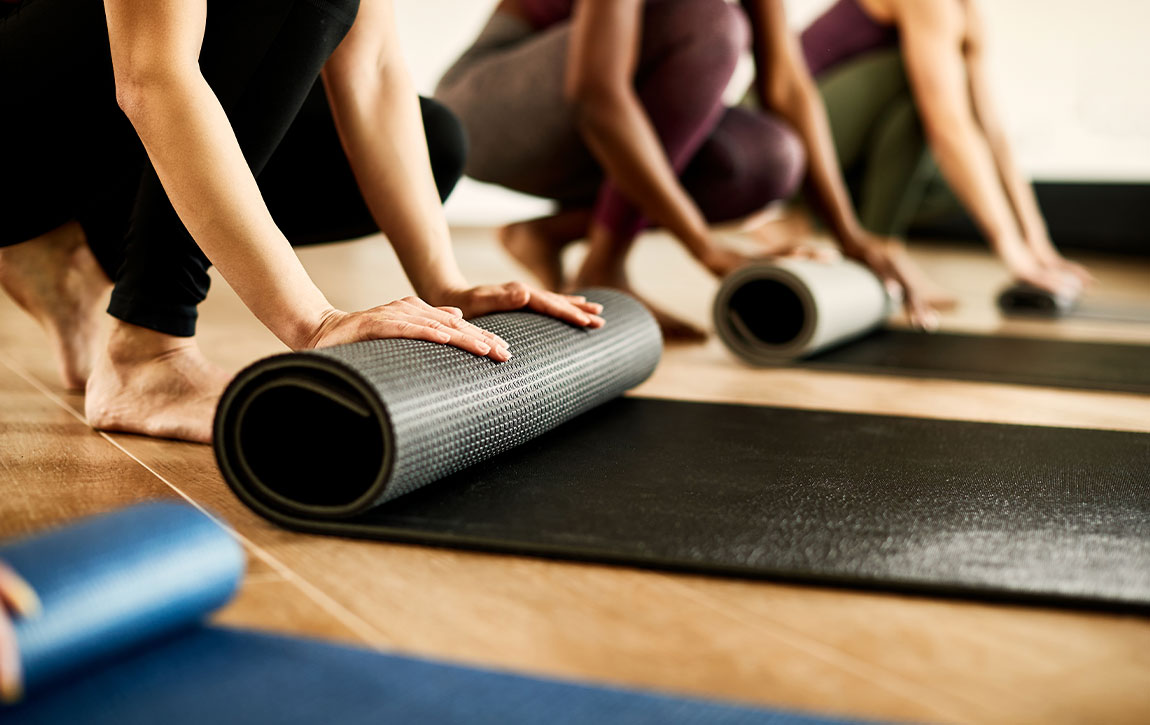
Yin and Iyengar Yoga
These styles, with their emphasis on longer holds and precise alignment, may not burn as many calories as more dynamic yoga practices, but they can still contribute to overall fitness and well-being through improved flexibility, balance, and mindfulness.
Maximizing Calorie Burn During Yoga
To unlock the full calorie-burning potential of your yoga practice, it is essential to adopt strategies and techniques that can amplify the metabolic demands of your sessions.
Incorporating Strength-Training Elements
Incorporating resistance training through the use of props, bodyweight exercises, or weighted poses can increase the muscular engagement and caloric expenditure during your yoga practice.
Focusing on Cardio-Intensive Sequences
Integrating more rapid, flowing sequences and challenging transitions can elevate your heart rate and turn your yoga practice into a more cardio-focused workout.
Adjusting the Duration and Frequency
Extending the duration of your yoga sessions and increasing the frequency of your practice can cumulatively contribute to a higher overall calorie burn over time.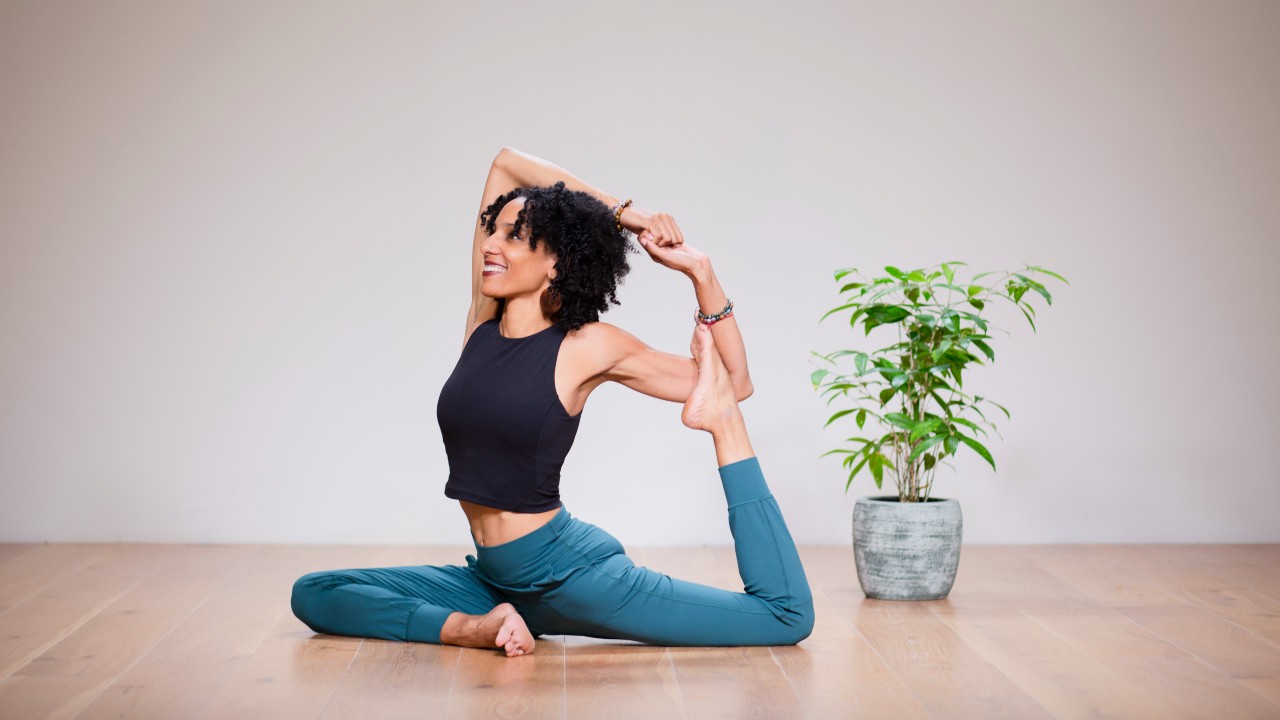
Maintaining Proper Form and Alignment
Ensuring proper form and alignment during your yoga poses can help you engage the correct muscle groups, optimize energy expenditure, and prevent injury.
Factors Influencing Calorie Burn in Yoga
Beyond the specific style and structure of your yoga practice, various individual and environmental factors can also impact the number of calories burned during a session.
Body Weight and Muscle Mass
Individuals with a higher body weight and greater muscle mass tend to burn more calories during a yoga practice due to the increased metabolic demands of their bodies.
Age and Gender
While age and gender may not be the sole determinants of calorie burn, they can play a role in the overall metabolic rate and the body’s response to physical activity.
Physical Fitness Level
The level of physical fitness and prior experience with yoga can influence the intensity and efficiency of the practice, affecting the overall calorie burn.
Environmental Conditions
Factors like temperature, humidity, and altitude can impact the body’s energy expenditure and calorie-burning response during a yoga session.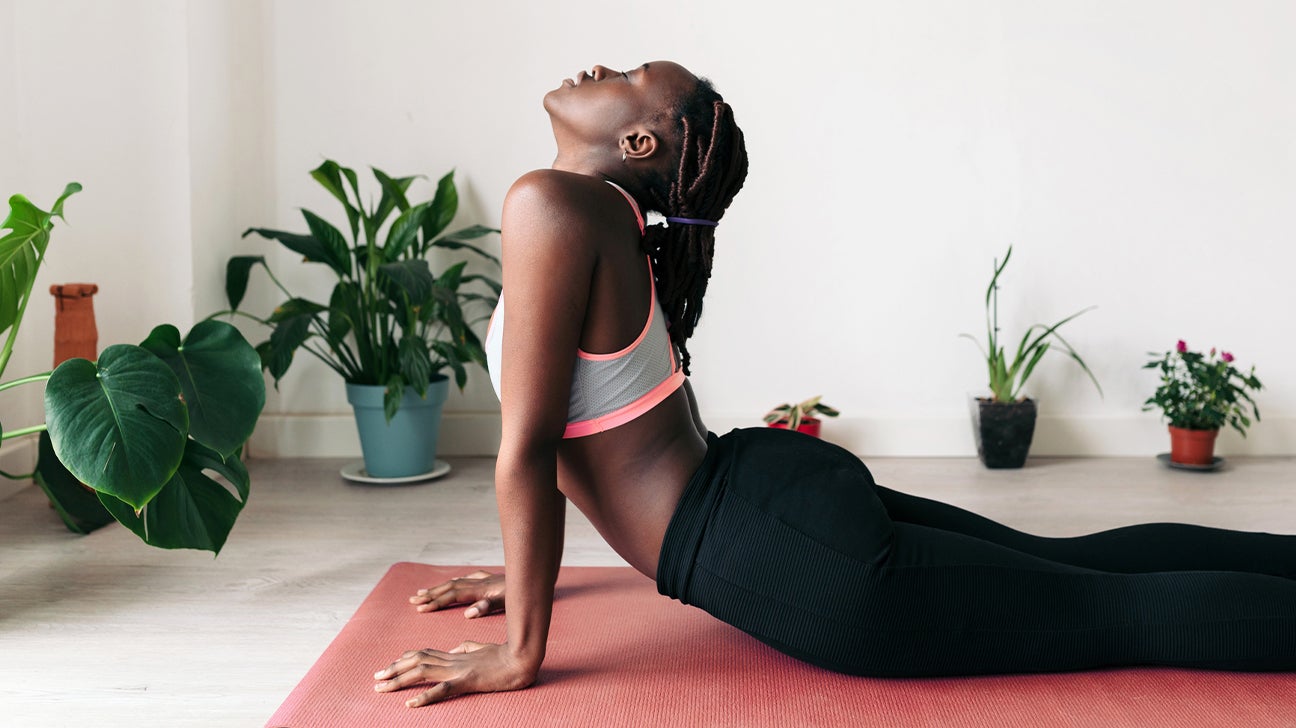
Conclusion: Embracing Yoga’s Calorie-Burning Power
Yoga, with its multifaceted benefits and versatility, has emerged as a powerful tool in the pursuit of fitness, weight management, and overall well-being. By unlocking the calorie-burning potential of this ancient practice, you can seamlessly integrate yoga into your holistic approach to health and wellness, reaping the rewards of a balanced, active lifestyle.
Through this comprehensive guide, you have gained a deeper understanding of the various factors that influence the calorie-burning capabilities of yoga, empowering you to tailor your practice and optimize your caloric expenditure. From the distinct styles of yoga and their respective metabolic demands to the individual-specific variables that shape your calorie burn, you now possess the knowledge to harness the full power of yoga as a calorie-burning exercise.
As you continue your journey on the yoga mat, remember the transformative potential of this practice in achieving your fitness and weight management goals. Embrace the diverse range of yoga styles, experiment with strategies to amplify your calorie burn, and celebrate the holistic benefits that yoga can provide. By seamlessly integrating yoga into your lifestyle, you will unlock a path to enhanced physical, mental, and emotional well-being, where the pursuit of fitness and the cultivation of mindfulness coexist in perfect harmony.
